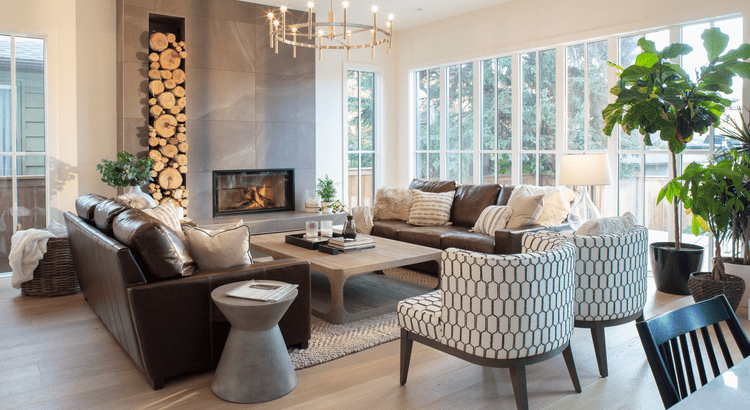To put some context on what is happening in the market with prices right now, let’s look at the latest year-over-year home price appreciation.
This dramatic home price appreciation is a factor of the recent supply and demand imbalance we have talked about over the past months. We simply have not had enough homes on the market for the demand from buyers, which caused prices to rise.
When the experts start speaking of “decelerating trends,” they are not projecting depreciation, just a slower, more moderate home price appreciation. This is where understanding the difference between depreciation and a decelerating trend is paramount to understand what is going on in the market. To help clarify, let’s look at the estimated home price performance from the Home Price Expectations Survey.

Through the remainder of 2021, home prices are expected to increase or appreciate (11.74%). So, a slowing of the appreciation we are seeing at 17% and 18%. Then looking ahead, prices are expected to appreciate on a more moderate level – an average of 5.7% through 2025. Home prices are continuing to accelerate, just at a slower pace. The combination of continued home price appreciation, and increasing mortgage interest rates, means buying now could be critical to a long-term wealth advantage.

Forecasters are struggling with the forecasts for the remainder of this year. To understand why this is, let’s take a look at the annualized home sales for 2019, 2020, and 2021.

Business slowed during the lockdown in 2020 when people were taking their homes off the market due to uncertainty. We then saw a tremendous end to 2020, as people began to feel more comfortable, and we seemed to be making up for the missed business earlier in the year. Then in 2021, it looks like we are headed for less business year-over-year, compared to 2020. The reality is that the second part of 2020 was unusual, and making up for a crazy time in the market. Let’s also not forget we are trending well above 2019 – which was a very good year in real estate.

2019 was the best year in real estate (with the exception of 2017) in the past decade. Remember how to put it into perspective when the news tries to taunt us with the scary headline that, “We’re down year over year.” We are below prior year because it was unusual with the lockdown and we packed a year’s worth of business in the latter part of the year, but, despite this, we are well above 2019 – one of the best years in real estate over the past decade.

Typically, we see listings (homes coming to market) peak in fall. This was the case for 2017, 2018, and 2019.

However, in 2020 monthly listing counts peaked in April.

In 2020, as listings decreased, sales increased.

And the big question becomes: When will listings peak this year? Listings could either grow, and we eclipse where we were in 2020, which would be a huge relief on pricing. Or, listings flatten out, and we intersect where we were in 2020 at some point. Finally, listings could begin to dwindle, and cause more price appreciation.
However, it seems as if we will see continued listings going into this fall. First, because of pent up seller demand, and homeowners being more comfortable putting their homes on the market. Second, new construction. Building is starting to take off as material prices start to equalize. Third, and finally, the end of forbearance will create new listings. Not a wave of foreclosures, but it will create a time in the market for people that say, “We can’t afford the home any longer, and we’re going to have to sell it.” In addition, the recent price appreciation may cause people to want to take advantage of that equity and move.

Interest rates are becoming a hot topic in the market right now. It’s going to become more expensive for people to borrow. Right now the 30-year fixed just jumped above 3%.


We see the Fed starting to taper on buying in the mortgage market, causing interest rates to go up.

Around the middle to the third quarter of next year, interest rates are projected to be about 3.5%. Interest rates are on the rise. So what is the cost of waiting?

Let’s look at an example of a $300,000 home today at a 2.7% interest rate. With the home price appreciation projections, and interest rate projections, that could mean a monthly payment increase of $72.45 or a difference over the life of the 30-year loan of $25,938 if the purchase doesn’t happen today, but happens in the fourth quarter of this year. It’s going to cost more to purchase and finance a home in the months (and years) to come.

The Home Price Expectations Survey shows that if you look at a $350,000 home over the next five years, the purchaser of that home stands to gain just over $111,000 in gained equity based on forecasted appreciations for the next five years. Homeownership cannot only accumulate wealth, but be an effective hedge against inflation, because you have a fixed payment.
Here’s how we wrapped up the month in Tallahassee:
As always, thanks for keeping updated with us, and we look forward to updating you again next month!









